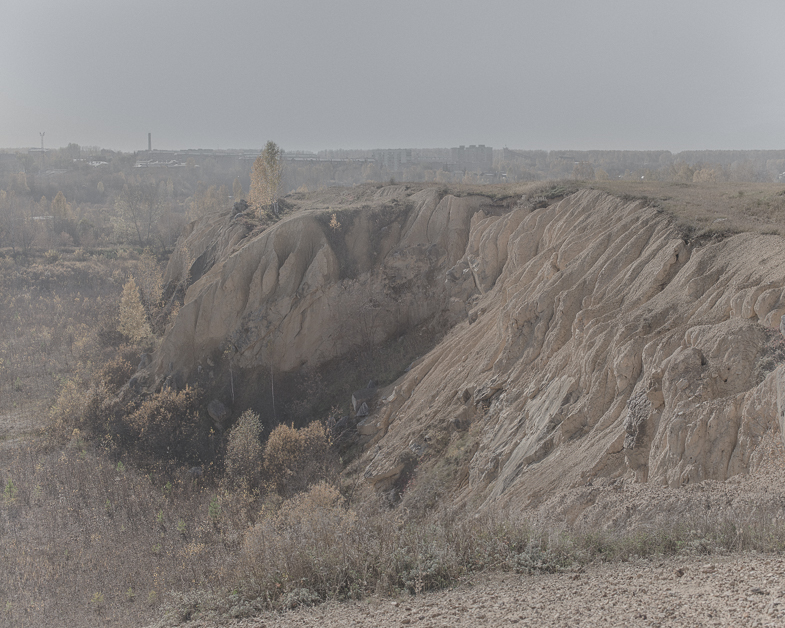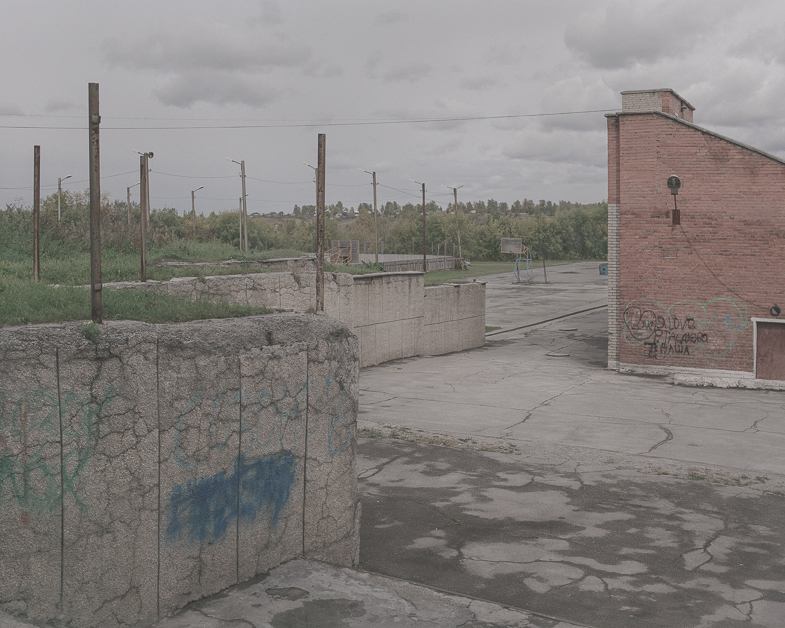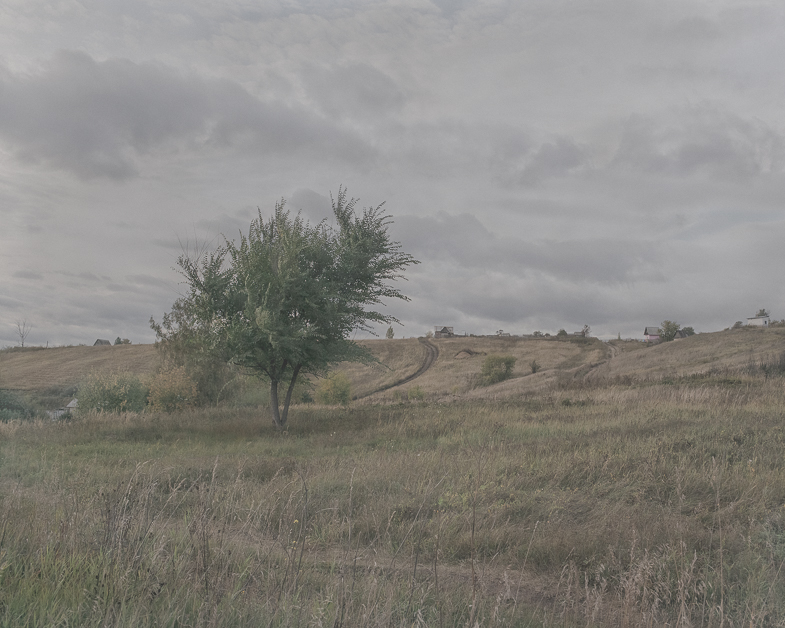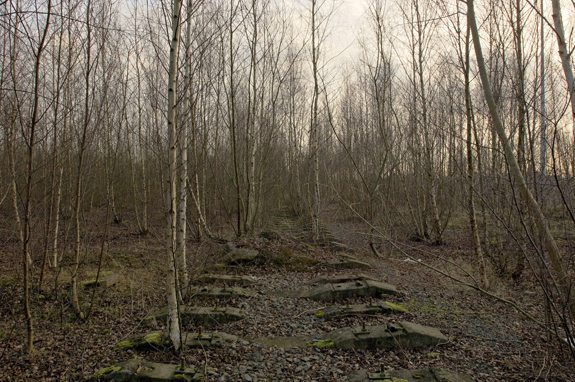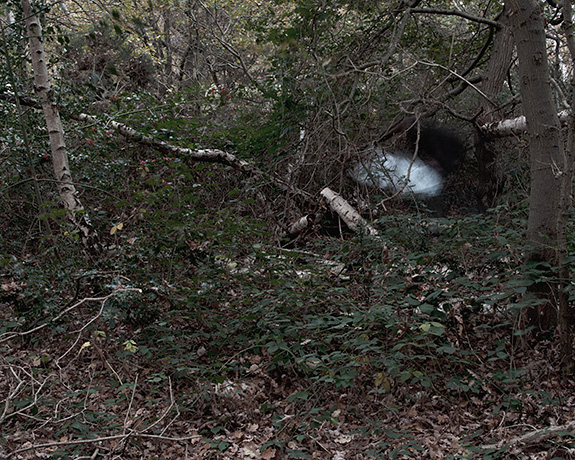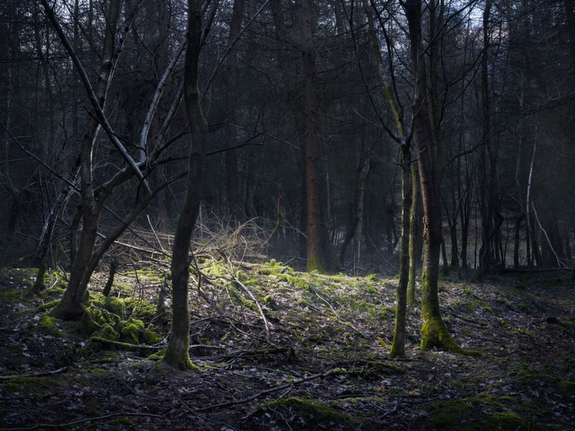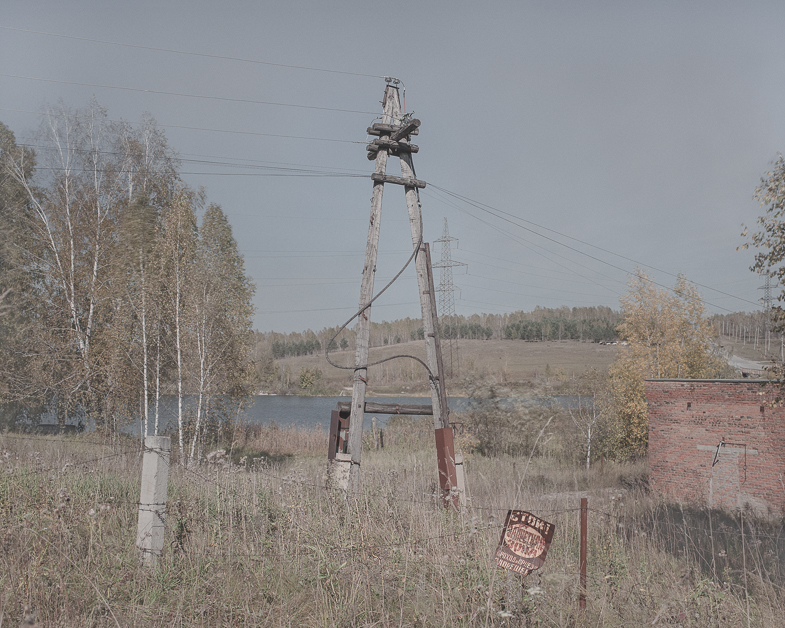
Lozhok is a place in Siberia about 60km from the city of Novosibirsk, where I was born.
From 1929 to 1956 there was a Gulag prison camp with a particularly brutal operation. In 27 years more than 30,000 people died there.
After the closure of the camp, the barracks in which the prisoners lived were destroyed. In their place, in the 1970s, a Palace of Culture, sports stadium and a school were built. Underground water sources filled one of the quarries, making it a lake. At its bottom there are tractors and other equipment from the time of the work camp. Another quarry is overgrown by vegetation.
I am interested in revealing the narratives contained within the local landscapes. The land here shows itself to be an agent of change and the field of human endeavour.
Despite the attempts of people, nature, and time to disguise the traces of those terrible events, this place definitely remembers everything.
— Nick Tarasov, Shanghai, China
